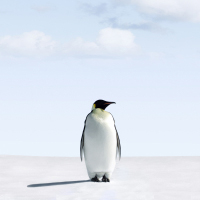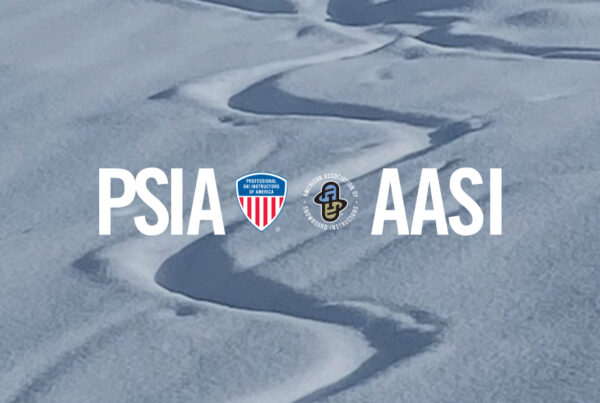I started my graphic and web design career by way of photography. I shot for my own clients, worked as a studio coordinator for photographers I respected, and assisted on as many gigs as possible, everything from small editorial shoots to national advertising campaigns.
Here are the three most important things I learned along the way:
- Tell a story with relationship
- Shoot on manual
- Edit ruthlessly
There’s a lot more to what I learned than the three items above, but these are the lessons I go back to over and over again.
1. Tell a story with relationship
As designers we marry form and function to help a client meet a need. Usually, that need is to sell a product, advertise an event, or build goodwill and trust in the company. We’re trying to convey information in a way that makes it stick and creates a reaction in the viewer. Stories make information more interesting and memorable. In my opinion, good work tells a story (or evokes a feeling) and bad work just provides information.
Working as a photographer taught me that relationship is key to telling stories. The way that subjects interact in a photo or the way the subject of the photo is in relation to their surroundings helps you tell a story. Let’s look at an example (photos © Jan Will):

This is a penguin.

This is a penguin waiting for someone, a lonely penguin, or a penguin starting a journey.
The penguin’s relationship with his/her surroundings tells a story and makes the picture more interesting and easier to remember.
As designers we’re visual story tellers. Despite protests that we just make posters, websites, or xyz, in reality we’re helping our clients tell their story. Most of this storytelling become an unconscious part of the design process, but thinking about the relationship between elements on the page in terms of relationship is a great way to see the design with fresh eyes.
2. Shoot on manual
Your digital camera has a number of settings ranging from full-auto to manual. The best way to become a better photographer is to learn the fundamentals of how the camera works and then shoot exclusively on manual mode.
The fundamentals of how the camera work are actually quite simple. I learned from a book from the ’70s that dedicated one page each to aperture, shutter speed, and film speed. Knowing how your camera works isn’t the same as knowing fundamentals of photography, but you learn those while shooting (and making a lot of mistakes) on manual.
Sure, there are times when the auto or aperture priority mode can be useful, but shooting on manual teaches you to think about what you’re doing and become conscious of why you’re taking a particular path to the finish line.
When I started designing websites I knew it would be important to “shoot on manual” so I could develop my skills instead of developing my reliance on a program that took care of the fundamentals for me.
Throw Dreamweaver to the curb, stop using plug-ins and get your hands dirty with a basic text editor. The more you know about what’s going on under the hood the closer you come to mastering the skill. Admittedly, there are times you’ve got to use a plug-in, a program, or an auto setting to complete a project on time and on budget — but if you push yourself to “shoot on manual” you’ll grow exponentially faster than you thought possible.
3. Edit ruthlessly
The ratio of “keeper images” to the total number of images shot is never one-to-one. In my own work I’m happy to keep one out of four on a good day (and more like one out of ten on a bad day).
Learn to be a ruthless editor of your images (and ideas) and it will raise your standards, help you build discipline to meet those standards, and save you time in the long run.
After editing through over 35,000 images in the past three years I’ve learned to trust my gut instincts. You know when something isn’t working, don’t over think it.
Don’t waste your time with the bad images or ideas. If it’s not working jettison the idea and move on to something else. You’ve only go so much billable time per week, and only so much time left on this planet, spend it on the good ideas and the interesting images.




